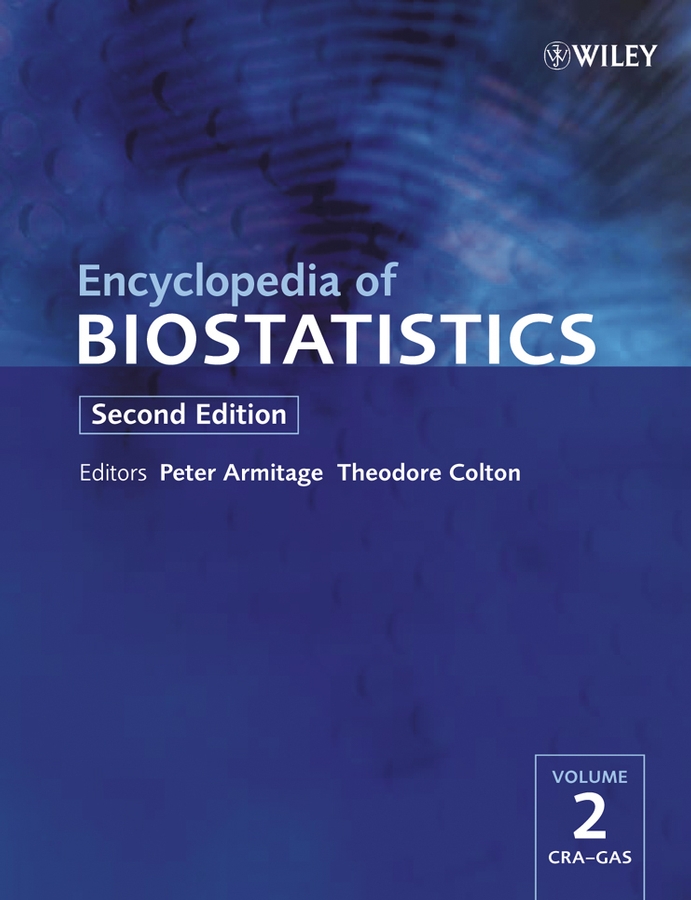Abstract
One often thinks of probability as a limiting relative frequency; if a balanced coin is tossed often enough, the fraction of heads will be close to one half. The simple notion belies the nature and depth of mathematics that is required to make it rigorous, namely, the Kolmogorov axioms of probability and the Borel strong law of large numbers. Once the notion of long-run relative frequency is made precise through measure theory, it can be used to build practical probability models for real-world systems. Measure theory gives probability its rigor; repeated experimentation gives it its application and inspiration.



